Having broadened my oyster palate at Chatham Vineyard’s Merrior and Terrior event and discovering the beautiful Chesapeake Bay inlets where Shooting Point Oyster Company grows its Nassawadox Salts it was time to find out where the sublimely salty-sweet Sewansecott oysters come from. The H.M. Terry Company has been producing oysters in Virginia’s coastal waters for well over 100 years. Located in Willis Wharf, a tiny waterman’s town( that also happens to have some of the best Texas BBQ this side of the Lone Star state), the Terry family has been growing oysters in the peaceful waters of Hog Island Bay for four generations. After two viruses wiped out Virginia’s oyster population in the 1980’s the company switched to raising clams. While they have been quite successful with farming clams H.M. Terry has always at it’s heart been an oyster company and has recently revived their oyster heritage.
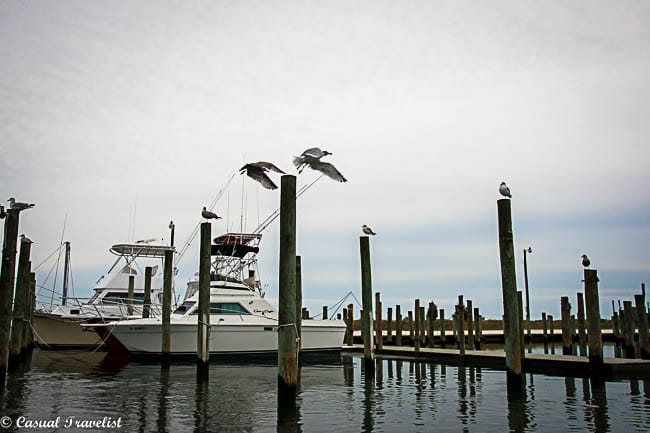
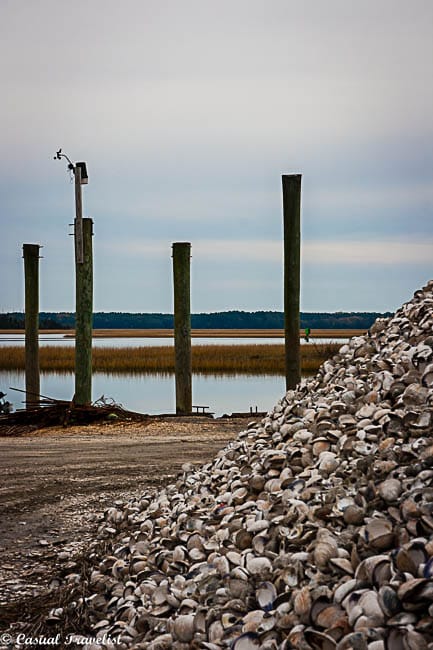
The Eastern Shore is really a dog’s paradise and not surprisingly you’ll see plenty of the water-loving Chesapeake Bay retrievers along the coast. Meet Chowder, cousin to Sherman from Shooting Point Oyster Company and avid boat ride enthusiast.
I had the opportunity to explore the peaceful waters of Hog Island Bay with Heather Terry Lusk, part of the fourth generation to run H.M. Terry Company. Raised on the Eastern Shore, she had a brief stint as an attorney in New York before returning home to help helm the family business. On any given day it’s not unusual to see everyone, from newest employee to CEO, pulling on their boots and rolling up their sleeves to get the day’s work done. If you live on the East Coast there is a good chance the clams atop your linguine or in your bowl of chowder started off right here in the pristine waters of Hog Island Bay. Located within the Virginia Coast Reserve these undeveloped barrier islands are part of a United Nations Biosphere Reserve. The Terry family has long recognized that the quality of the water in Hog Island Bay translates directly to the quality of shellfish they are able to offer and have sought to use sustainable methods in order to preserve this pristine environment.

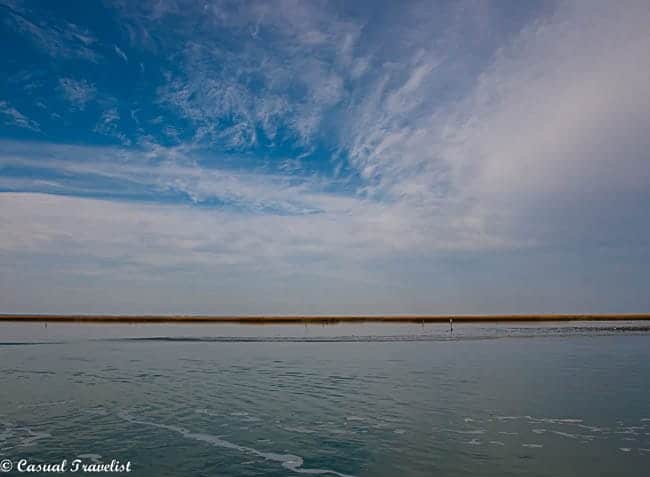
While raising oysters and clams is not easy work I can’t imagine a prettier office to spend the day.

The Virginia Coast Reserve helps protect fourteen undeveloped barrier islands along the Eastern Shore and is part of the longest stretch of undeveloped coastal wilderness on the East Coast. Here you’ll find untouched beaches, shallow bays and pristine ecologically diverse salt marshes. The Eastern Shore has been home to Native Americans, served as a hideout for pirates and is now home to watermen, family farms, nature lovers and artists.
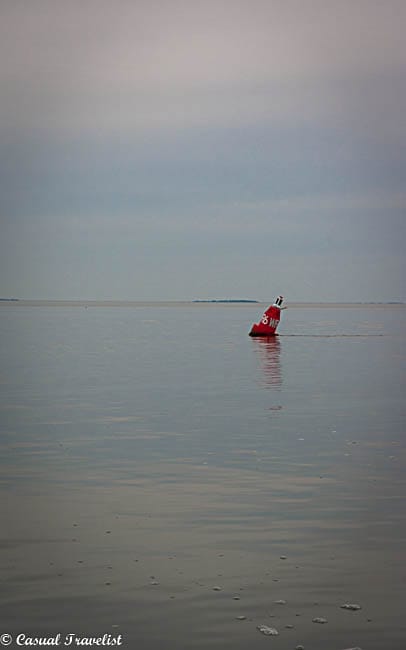
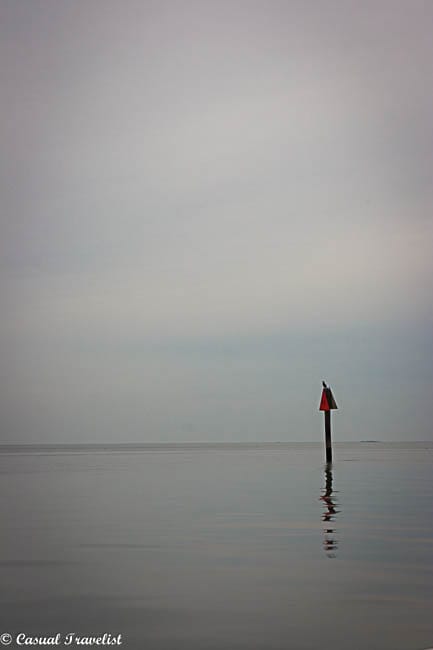
As part of the Atlantic Flyway The Virginia Coast Reserve is a haven to a variety of shore birds and waterfowl and is an important stop for migratory birds. As a casual birder myself I will definitely make a point to return to the Eastern Shore during migration season.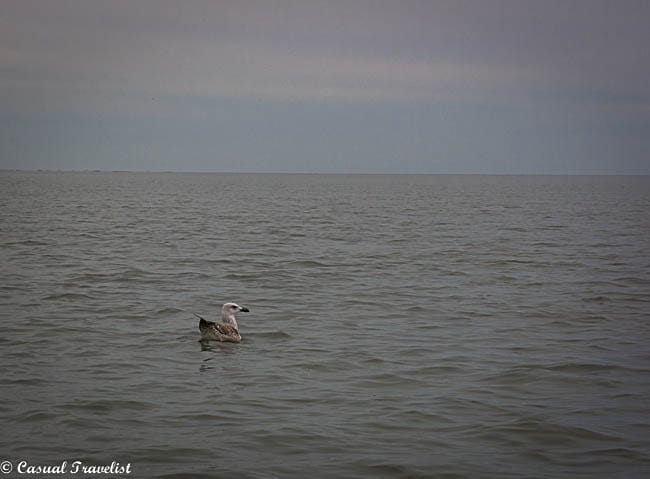

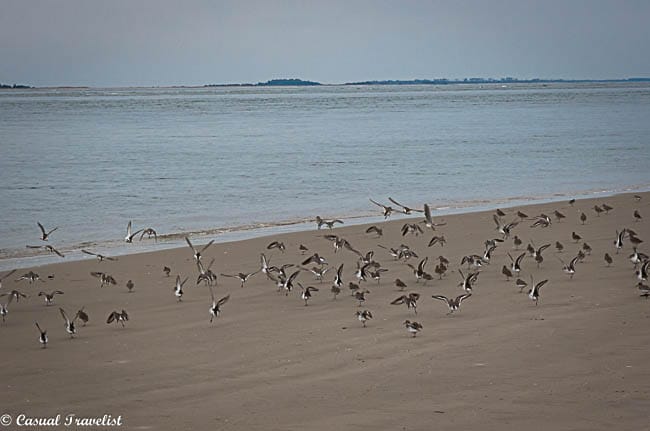
Our last stop of the morning was the beautifully desolate Hog Island, one of the protected barrier islands separating Hog Island Bay from the Atlantic Ocean. Heading east from here you won’t see land again until you reach the Azores. The gray, overcast day did little to hide the natural beauty of this place. The island was once home to the small town of Broadwater which had to be abandoned in the 1930s due to a series of violent storms, many of the buildings were transported were transported by barge to nearby towns on the Eastern Shore. Our Island Home is a fascinating documentary that chronicles the memories of three of the last surviving people to be born on Hog Island.
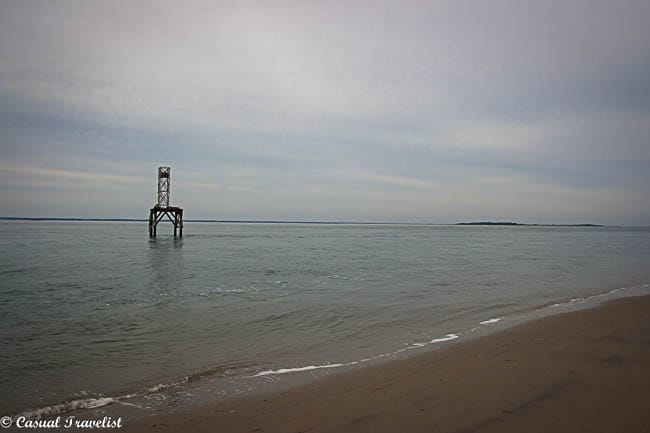
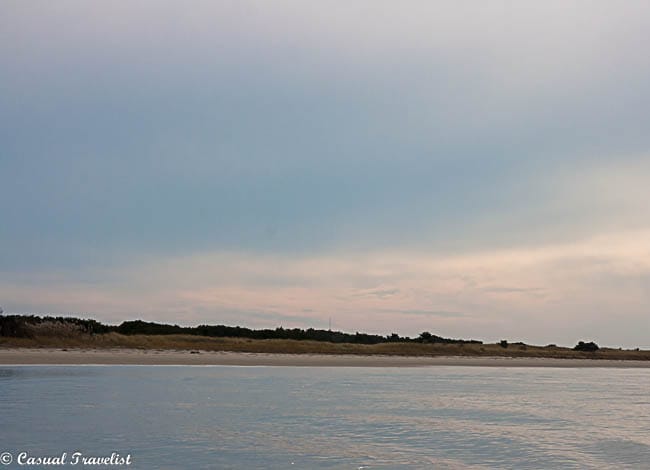
Today the only footprints to be found on the island were the fleeting ones left by our group, soon to be washed away by the next tide. Driftwood, sea grass and the sounds of the Atlantic now stand as the only monuments to the town that was once here.
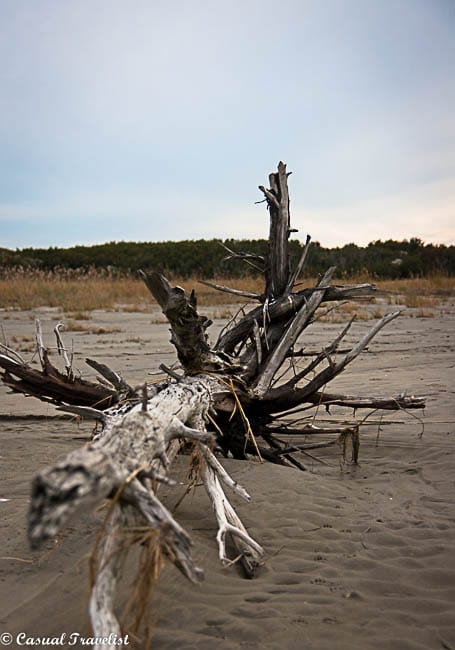
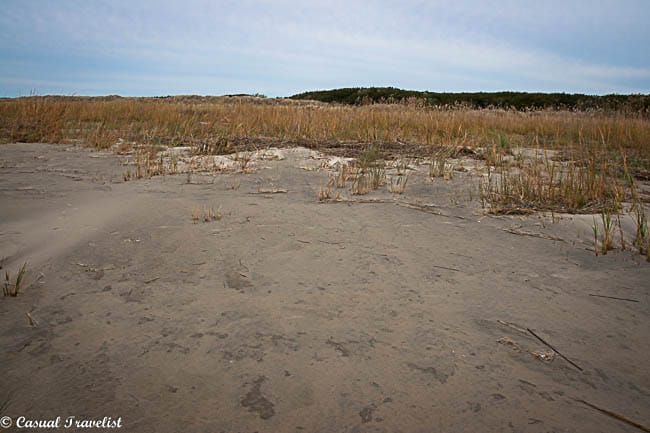

I love that in an area with over 400 years of history you can still find large swaths of untouched nature and families adapting to an ever changing world while preserving their heritage. The Eastern Shore keeps its charms close but is willing to share them with those who look.
If you enjoyed “Preserving Nature and a Family Legacy” then you may like
A tale of water and wine on Virginia’s Eastern Shore
Kayaks and Wine on Virginia’s Eastern Shore
I was graciously invited on this trip by the Virginia Tourism Corporation however, as always, all views and opinions are my own.
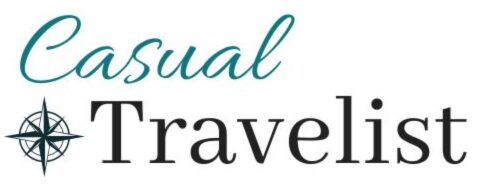
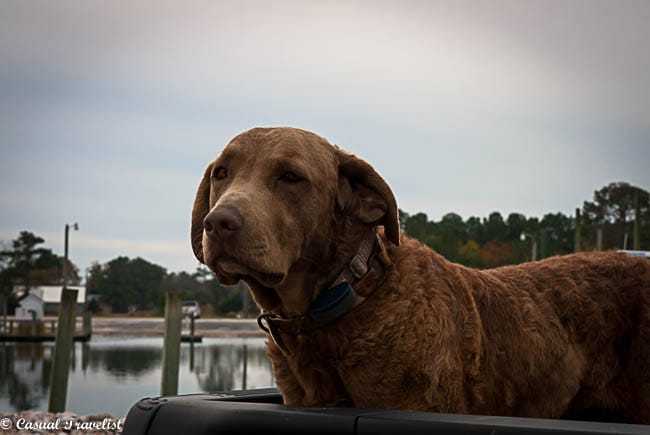
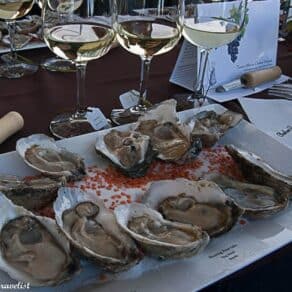
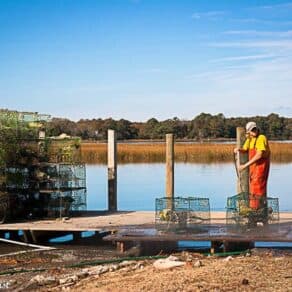
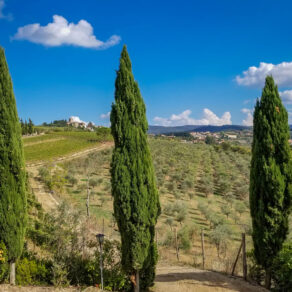
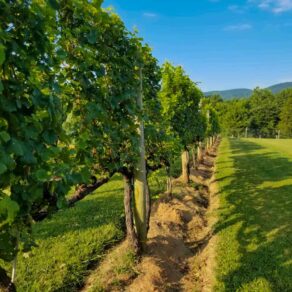

Howard Blount says
I have not been to this area of Virginia, but it reminds me a lot of the Outer Banks of North Carolina and also Charleston, Beaufort, and Savannah coastlines. Love oysters and clams!
Brianna says
This is very similat to the Inner Banks of SC as other rural coastal areas but definitely has a mid-Atlantic air.
Kristen Bor (Bearfoot Theory) says
How cool! I’m obsessed with oysters, and it’s great to learn more about where they come from. What a beautiful shoreline.
Natasha von Geldern says
You had me at oysters… I recently had some amazing oysters in Scotland… this part of Virginia looks and sounds supremely relaxing – I’d love to travel in this part of the world!
Brianna says
It’s definitely a beautiful area and a little off the beaten path
Sarah Ebner says
Fascinating trip with so much history – and beautiful pictures too.
Brianna says
Thank you Sarah, it was fun discovering this area.
Clay says
Thanks for the post, I never knew about Hog Island Bay! I’ve actually never had oysters even though I’ve had things like eel and squid. This post is inspiring me to try them!
Brianna says
I’m a recent oyster convert, I’m hooked now!
Richelle says
Coming from the Pacific NW, I have an appreciation for cold, rugged beaches. Your photos make it look so beautiful! ..and who doesn’t like good seafood?!
Brianna says
It’s funny you say that. When I landed on Hog Island I immediately thought of the rugged beaches of Olympic National Park in Washington.
Jazzy says
I have never been to hog island bay, and I love oysters… This just means I definitely have to visit.
Brianna says
The Eastern Shore has a lot of hidden treasure that you just have to visit to discover.
Alli says
What an extremely charming post 🙂 Chowder is super cute! Glad to hear the oyster business was successfully revived also!
Brianna says
Chowder is getting quite the fan club 🙂
Chan says
I always love stories like this that shares on the food that appears on our plates…such a serene and pure take
Nice reading this
Brianna says
Thanks, I especially love learning about the people behind our food.
Sarah says
Such a cool experience! Love the dogs!
Brianna says
It really was a great day 🙂
Erica says
Such a beautiful part of the world, full of such rich history. Always enjoy my time in Nova Scotia!
Brianna says
This is actually a little further south in Virginia but Nova Scotia is very beautiful.
wandering educators says
Your photos say it all – SUCH a beautiful place, and why we need to work to save them.
Margherita @The Crowded Planet says
I love the eerie feel of the deserted island and the fact that the family was able to restart the oyster business. But what I love most is CHOWDER! Gorgeous dog!
Chaitanya Shah says
Lovely post ! It’s always great to read stories about family legacies. They are often worth sharing and caring for! 🙂
Brianna says
The history of this family and this area are now forever intertwined.
Grace @ Green Global Travel says
Lovely post! Hog Island sounds wonderful and so rich in history.
Brianna says
It’s a gorgeous area and the residents are committed to preserving both the natural resources and the culture of the area